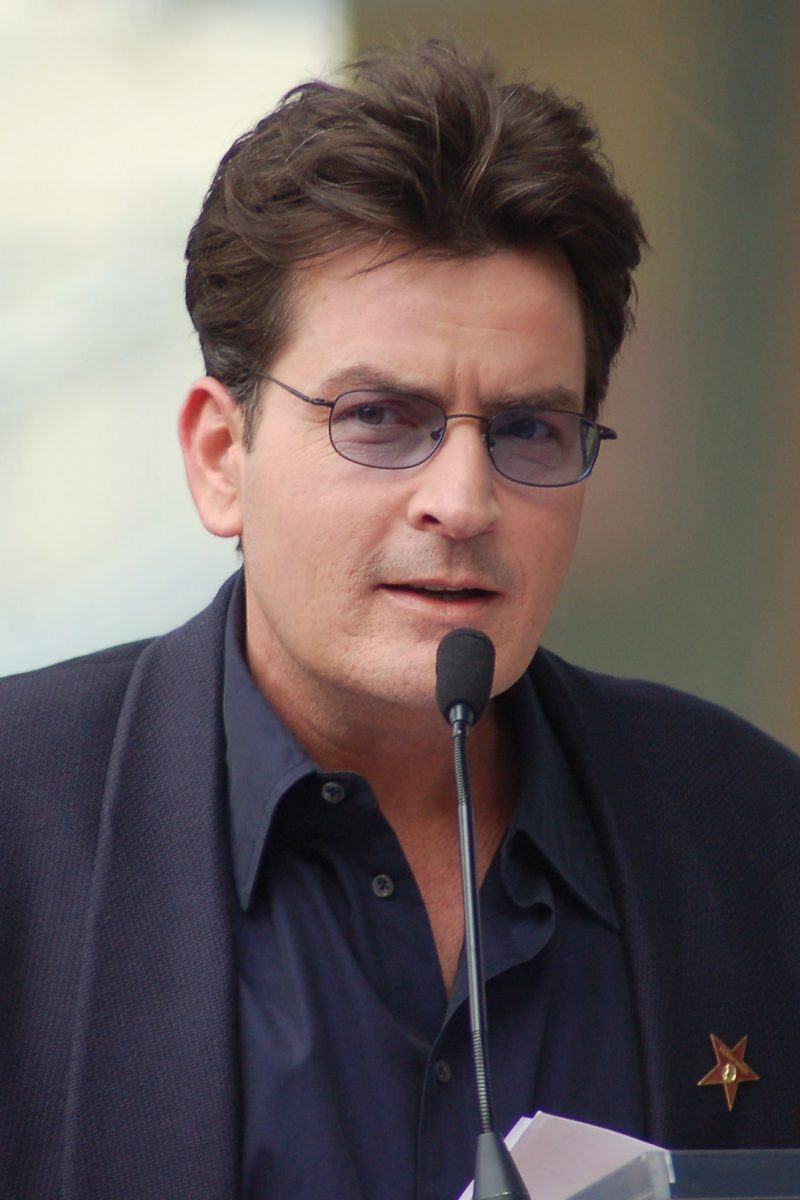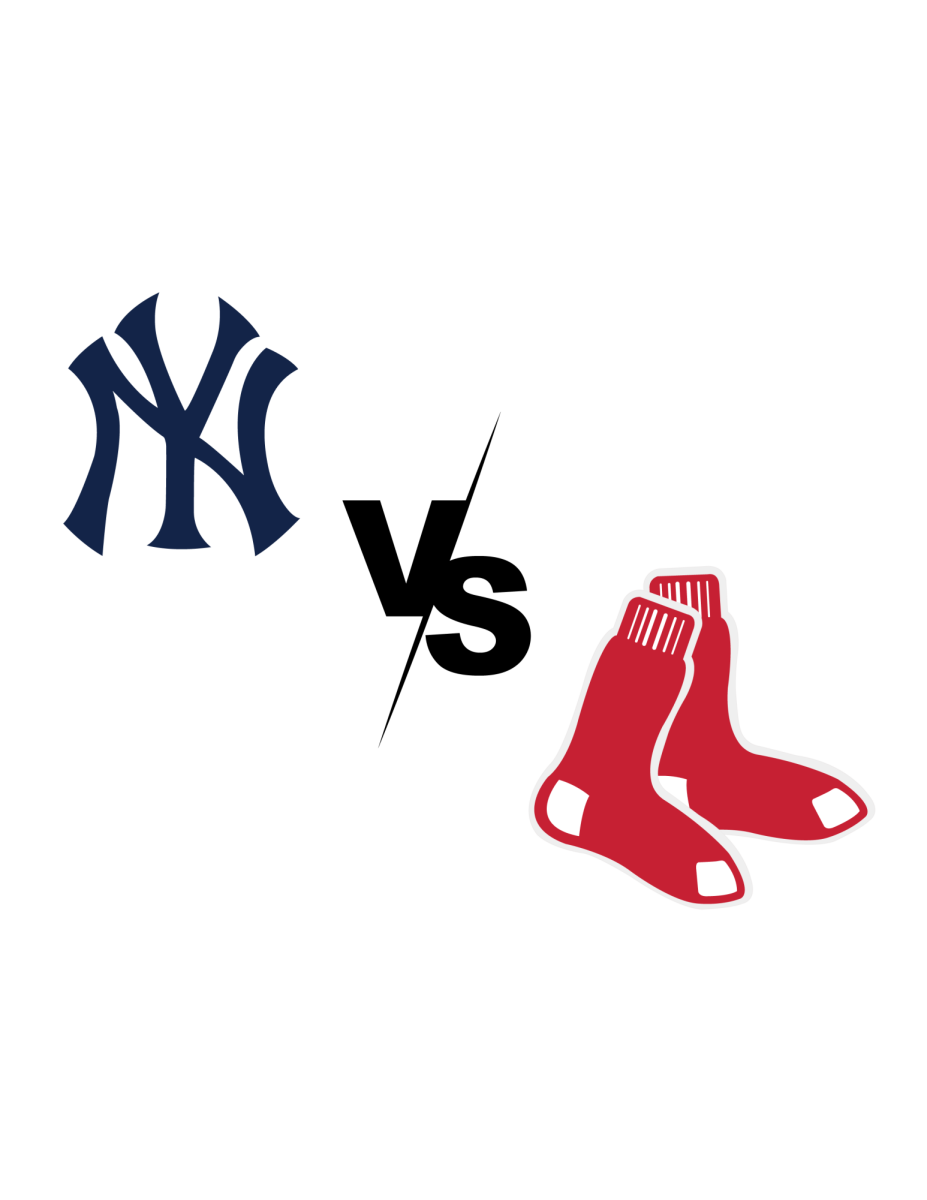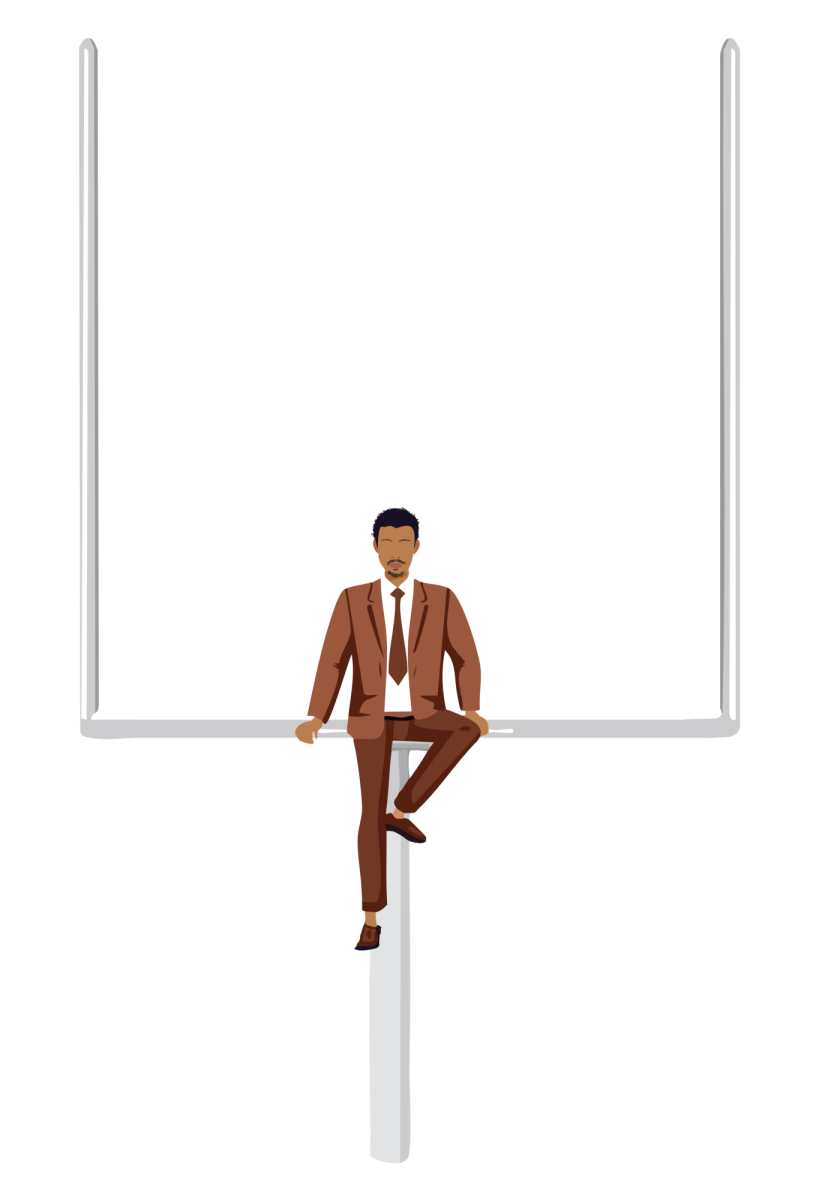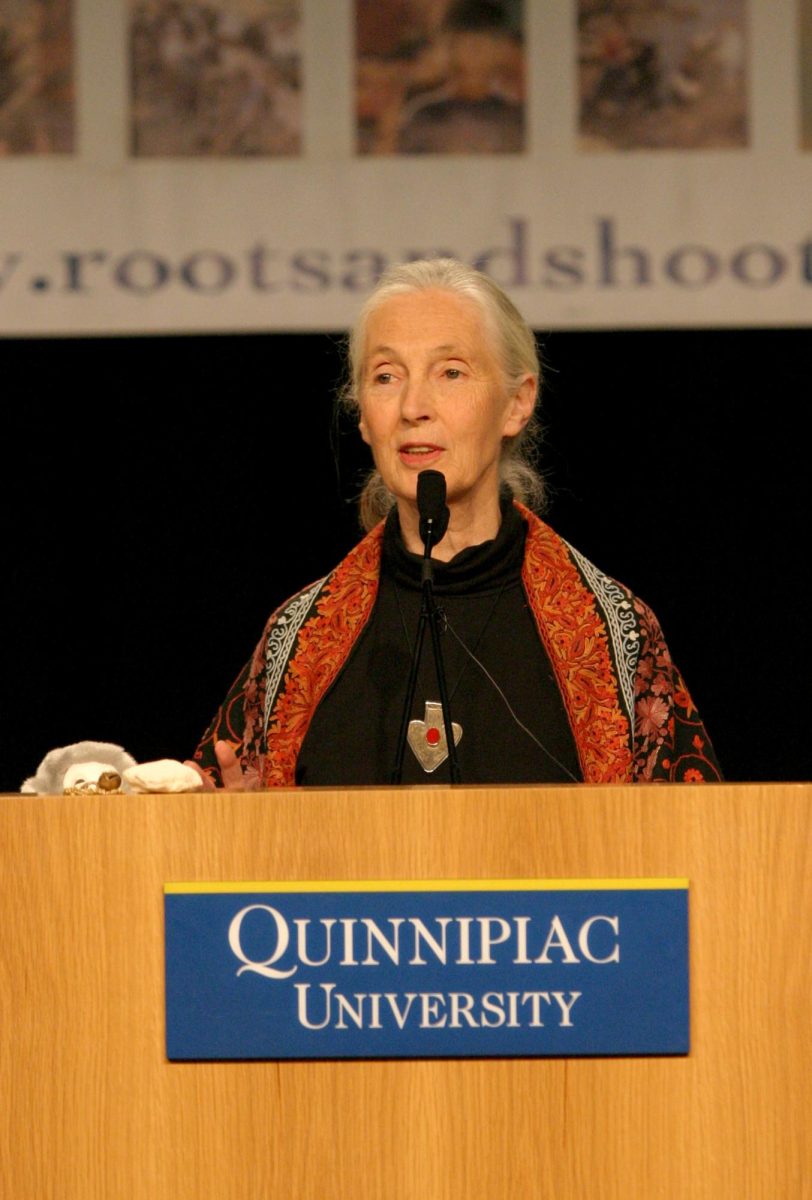MetLife Stadium, home of the New York Giants and New York Jets, has become the center of attention once again over the NFL’s growing debate between artificial turf and natural grass.
As more star players suffer major injuries on turf fields, critics argue that the playing surface is unsafe, while league officials argue that the data does not clearly prove the turf is more dangerous than grass.
Recently, the Giants receiver Malik Nabers suffered a torn ACL in Week four of the 2025 season.
This is not only a major blow to the Giants organization, but as someone who has been a Giants fan his whole life, it is just another major injury to happen at MetLife. Many fans are furious over the lack of changes for players safety, as this reignites the question of whether MetLife Stadium increases the risk of injury.
NFL players, health and safety rank MetLife ninth best for lower extremity injuries and even safest for visiting teams according to injury data collected by NFL Executive VP overseeing Player Health and Safety Jeff Miller and NFL Chief Medical Officer Dr. Allen Sills, which shows how complicated this story remains.
The building has used artificial turf since it opened in 2010, and venue operators have updated that surface as criticism built.
Stadium leadership installed a FieldTurf Core system before the 2023 season, a multilayer product that FieldTurf and the stadium pitched as a safer, more forgiving option after several high-profile injuries.
Giants co-owner John Mara also said he wanted a path to grass one day, but he noted the challenges of two NFL tenants and a heavy events calendar.
The injury log at MetLife contains marquee names and flashpoint days. In 2020, San Francisco lost Nick Bosa and Solomon Thomas to ACL tears on the same afternoon and complained about a sticky feel underfoot.
In 2022, Giants receiver Sterling Shepard went down with a non-contact ACL tear during Monday Night Football.
Quarterback Aaron Rodgers tore his left Achilles tendon four snaps into his Jets debut in 2023 and Miami edge rusher Jaelan Phillips did the same that fall. Odell Beckham Jr. fractured his ankle there in 2017.
These players are just a few of the most well-known to face injuries. In total, there have been 16 major injuries on MetLife’s turf, and that number seems to be rising every couple of weeks.
A number of Players and Coaches have called out the NFL and the way the turf has not only hurt the team but changed how they play the game.
Kyle Shanahan said his 49ers talked during that 2020 game about how sticky the turf felt.
After Rodgers went down, Jets receiver Randall Cobb said the league prioritizes profit over people. He pushed for grass, sentiments many veterans echoed.
After Naber’s injury, Beckham urged the NFL to replace the turf and said the venue which fans call DeathLife has taken too many talented players away from the game.
Independent and union data add context. An NBC News analysis using Sports Info Solutions counted more injuries at synthetic venues from 2017 through 2022 and found seven of the 10 highest total injury stadiums used turf.
NFLPA president JC Tretter has cited league injury logs from 2012 to 2018 that show a 28%higher rate of noncontact lower extremity injuries on turf, including 32%higher noncontact knee injuries and 69% higher noncontact foot or ankle injuries compared with grass.
However, NFL officials have published numbers that point in another direction.
A 2024 review found noncontact lower extremity injury rates in 2023 were nearly identical per 100 plays on synthetic and natural surfaces, 0.043 on turf versus 0.042 on grass.
The NFL has also said teams should improve all surfaces instead of treating grass as a silver bullet and the league highlighted fewer ACL tears overall in 2023 compared with prior years.
Comparisons across venues keep the conversation moving.
A BetMGM analysis of the past five seasons ranked State Farm Stadium as the most injury-prone and placed MetLife close behind in average injuries per game, while NBC News placed many turf venues near the top of its stadium injury counts.
Soccer tournaments have intensified the issue.
Organizers laid natural grass at MetLife for the 2025 FIFA Club World Cup and will do so again for the 2026 World Cup, which led the NFL players union to point out how easily the venue can host grass when global soccer requires it.
For now, the turf stays. Recent reports say the Giants, Jets and the stadiums operating group have no plans to switch to grass, even after Naber’s injury.
This means that players will continue to advocate for natural grass at MetLife and other stadiums in the NFL. However, with funding and options scattered everywhere across the league, this battle likely extends into another season.








